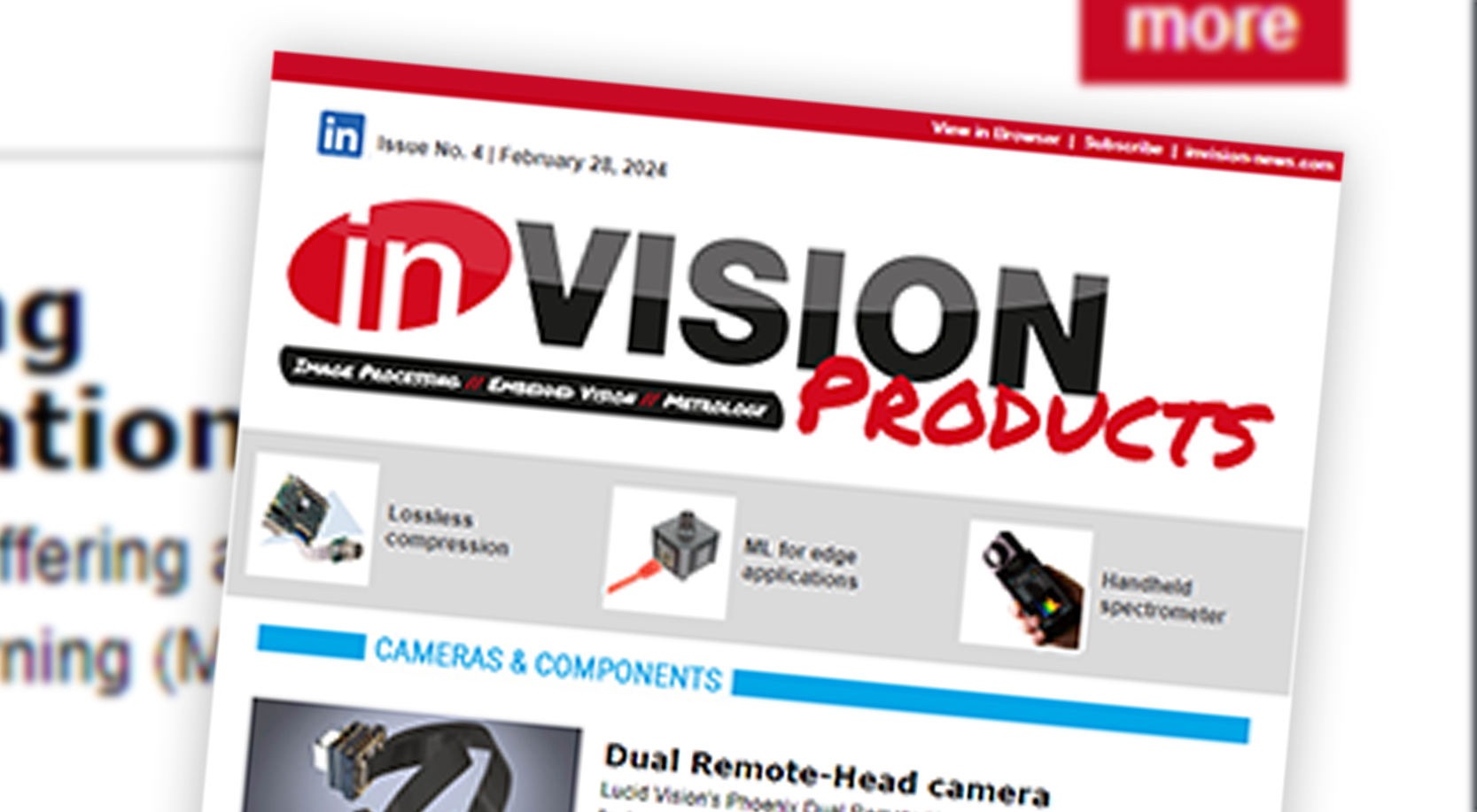Inexpensive Fiber Optic Cables
Fiber optic cable is very inexpensive now. For example, fiber optic cable at 300m is the cheapest solution. So, if you want distance, low cost, and high data throughput beyond what copper cabling solutions provide, fiber is the answer. In addition, fiber cables are so thin, they are more easily routed than larger copper cables which also simplifies system design. Fiber doesn’t radiate emissions and it is EMI noise immune. So, it can be routed beside big motors, and data transmission won’t be affected. Using fiber optic physical layer cables in conjunction with CLHS is an ideal solution to use with robotic arms because fiber is very light and very easy to move and CLHS is single bit error immune. Fiber also has a lot of flex life as opposed to copper. Most people will choose the camera performance requirements first, but if you’re cabling driven, then CLHS is a great choice.
CLHS Cameras with AOC Cables
The Falcon4-CLHS camera models M4480 and M4400 can reach multiple thousands of frames per second in partial scan mode, and when using the sensor’s binning mode, can reach a very large pixel full well capacity of over 160Ke. The camera is using the AOC cable and takes advantage of its entire bandwidth. The camera’s small size and low power is enabled by the CLHS AOC cables. With the addition of these latest models, Teledyne Dalsa now offers a variety of CLHS-cameras ranging from the high-speed 11.2MP camera with a frame rate up to 609fps in full resolution, to the high-resolution 86MP camera with a frame rate up to 16fps. The company’s signature TDI line scan cameras reach to 16k pixels with 400kHz using CLHS.













